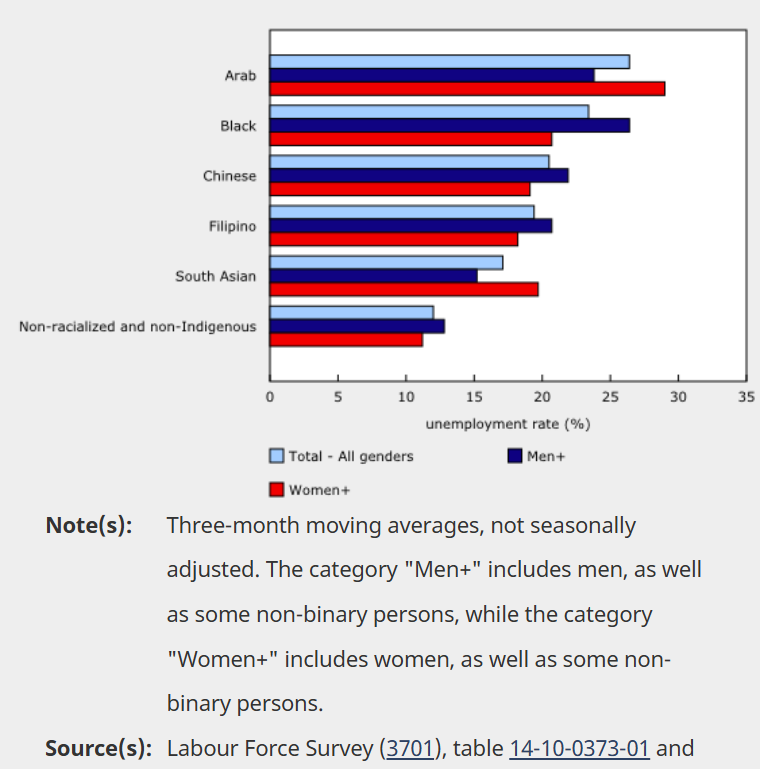From the archive: Canada's population skyrocketed, and so is (youth) unemployment (for now)
Canada took immigration to the max, and now entry-level jobs are scarcer than anyone would like . . . are we like Canada?
Random Walk is on vacation, but Canada’s youth unemployment is worse than ever, so why not publish this oldy-but-goodie from August 14, 2024.




